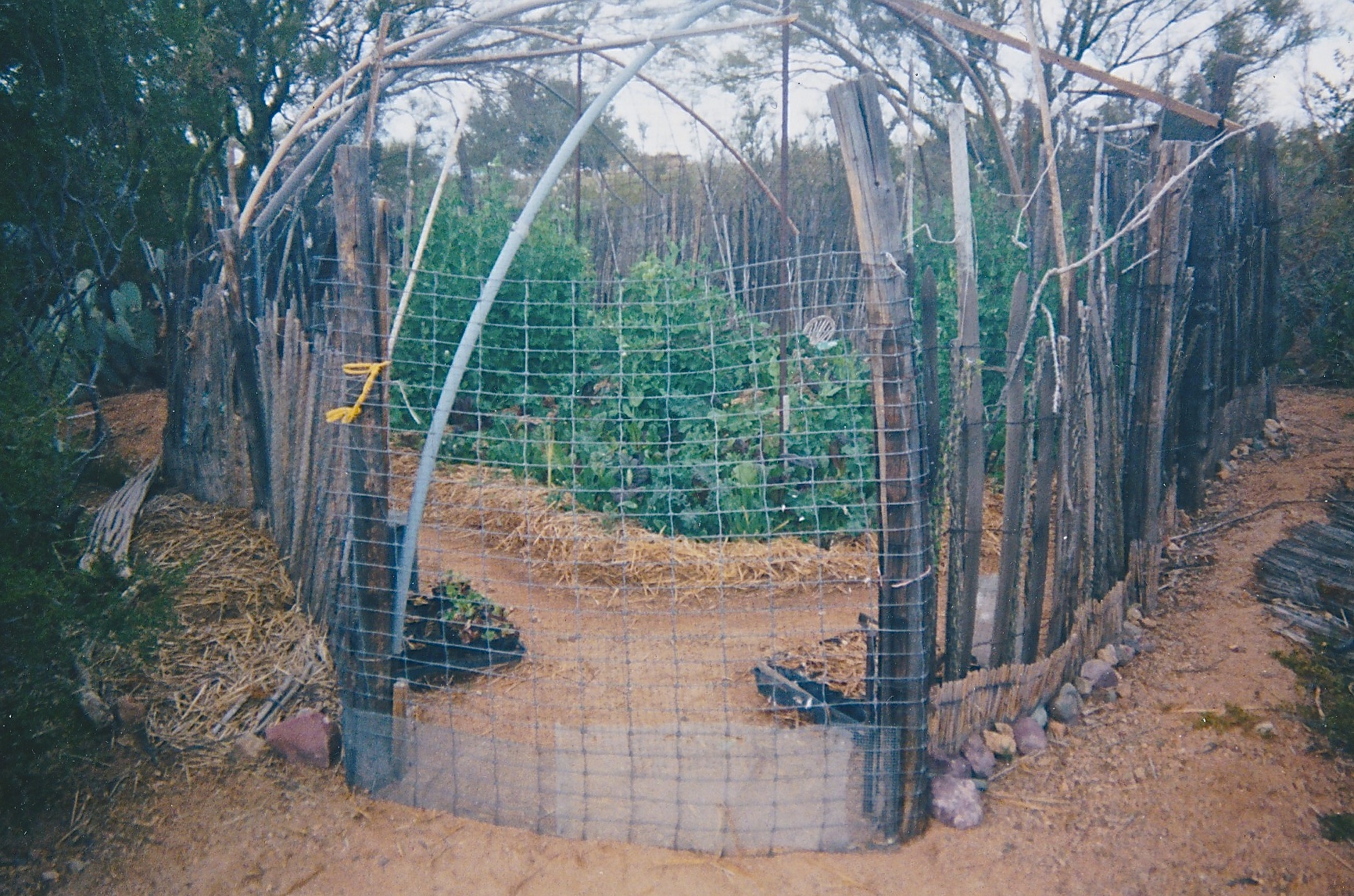“What we love we shall grow to resemble.” Bernard of Clairvaux
She sunk roots deep downward over decades, like fingers, arms, filaments of love anchoring in the volcanic tumble of rocks and ground, spectrum of mauves, black polish, lichen. Deep down and outward too, seeking buried nourishment, slaking ancient thirsts, trading secrets with the soil, every root hair, every inch of growth a commitment to place, time, continuity.
She grew branches out into the endless sky from heavy slow-grown trunks solid as stone, into a thorny, leafy shelter, a shady canopy of sustenance and security, that others might gather there or call it home. She scattered the ground through seasons of plenty and want, with a profusion of her own abundance: cycles of shed detritus, carpets of lavender leguminous blooms, mass fallings of seedpods, years of her wisdom, understanding, and compassion a rich compost of its own.
She survived psychic and real clear-cuts, sending up phoenix-like regrowth from trunks cut to the quick–cortado–and slow-burned in naive colonial fires and tasteless charcoal smolderings. And like her red-brown heartwood, she resisted the decay of progress with its blades and drills and pumps and puffy political paradigms.
She created next generations, monsoon-germinated, rain-sustained, culinarily embedded into meal-memories, recipes shared and passed on of collecting, preparing, eating, and growing from place. Mentor-mother, she offered islands of fertility for those blown in, sown in, honed in on a presence and future rich in diversity, adaptability, ingenuity: survival.
She balances in the middle of opposing forces, building bridges and basins, reservoirs of hope, models of the world she wants to live in, holding it all together like a chiseled keystone, like glue, like the ceremonial branch of a dense generous tree held in hand with another to symbolize lasting unions, fair agreements, faith in regenerative action, trust, love.
She waits. She waits to see whether everyone will come to their senses, to see, feel, hear, and taste what endures. She sheds what can’t be kept alive to nourish what can. Through all manner of extremes–fire, flood, freeze, heat, drought, and storms of ignorance, apathy, and greed–she keeps on growing: like a weed, like a seed, like dreams, like ironwood.
for Barbara Rose



